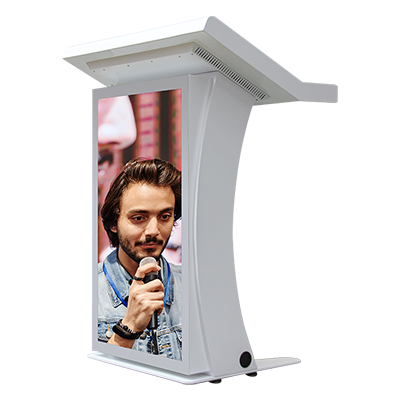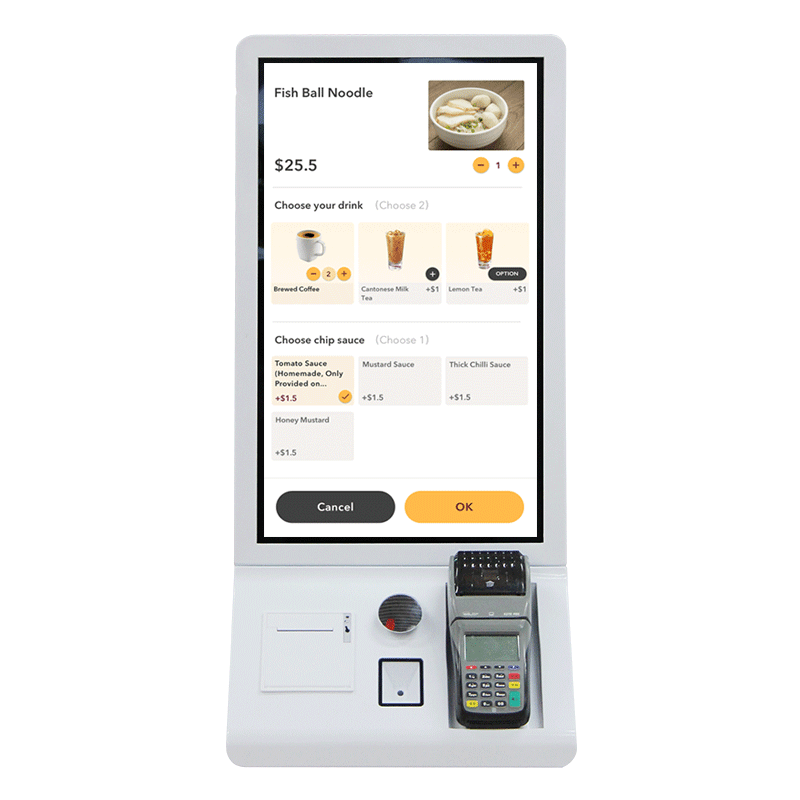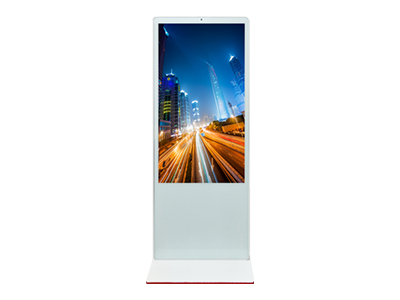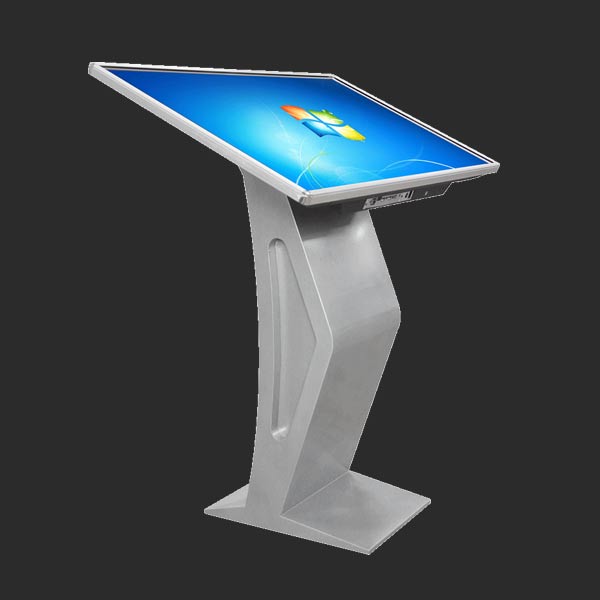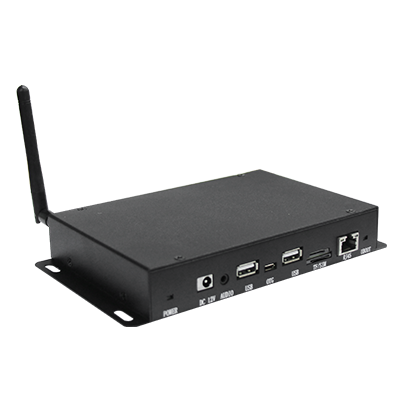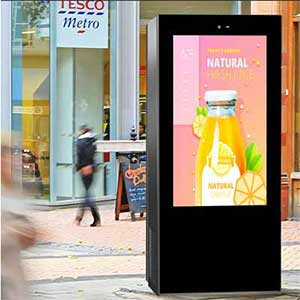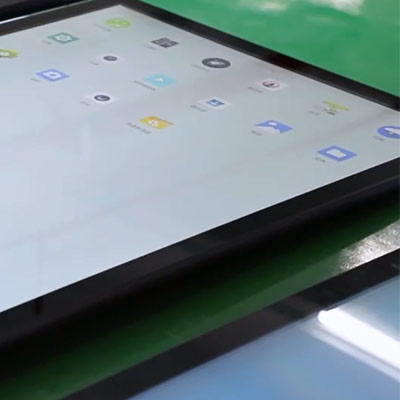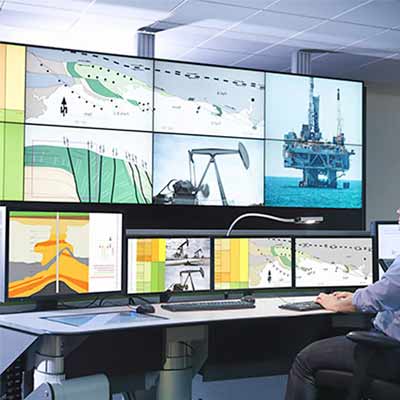The Future Development Trend of The Advertisng Digital Signage
Published:2021-07-21Views:1635
The outdoor digital billboards is a new generation of smart equipment, which constitutes a complete advertising broadcast control system through terminal software control, network information transmission and multimedia terminal display, and is carried out through multimedia materials such as pictures, text, video, small plug-ins (weather, exchange rate, etc.) Advertising.
The mission at the beginning of the outdoor digital billboards was to change the mode of passive advertising, and to attract customers to actively browse the advertisements through interactive methods.
And the development direction of the outdoor digital billboards has been continuing this mission: intelligent interaction, public service, entertainment interaction, etc.
The ultimate goal of the outdoor digital billboards is to occupy the advertising market share.
Because the outdoor digital billboards can carry out advertising dissemination beyond the time and space constraints, and make the advertisement out of the time and space restrictions for advertising transmission, the media company will broadcast the advertisements in more time periods, and the outdoor digital billboards 24 hours a day Stand by for hours anytime, anywhere.
HD development trend: At present, most LCD screens can achieve high-definition effects, but due to the limitations of film sources and hardware decoding limitations, the performance advantages of LCD outdoor digital billboards screens cannot be fully utilized.
The development of digital signage in the future, high-definition LCD It is bound to be the only choice in the future.
Especially in the current highly competitive environment, it is easier to highlight the effect of high-definition display when the hardware platform is similar.
Outdoor development trend: Due to the current reduction and compression of the use of site resources in the city or semi-outdoor, and due to actual site requirements, more and more advertising opportunities will be used outdoors in the future, which puts forward higher requirements for technology.
With the breakthrough of high-brightness, waterproof and other technologies, it is believed that the future application space will be further expanded.
Outdoor advertising can be divided into two categories: plane and three-dimensional: planes include street sign advertisements, poster advertisements, wall advertisements, posters, banners, etc.
Three-dimensional advertisements are divided into advertising columns, outdoor digital billboardss, and advertising tower light boxes.
When it comes to information media, most people directly think of newspapers, radio, television, or the Internet. However, today's information publishers are no longer satisfied with these traditional information channels, which have a wide audience but are not targeted.
The information media market is shifting from mass marketing to focus marketing.
In an era when products and consumers are constantly being segmented, the limitation of traditional media is that they cannot effectively distinguish the target audience of products.
In the field of video multimedia information, information customers and information companies are working hard to explore more emerging terminal network channels as information dissemination platforms.
Traditional newspapers, radio, television, and the Internet are called the four major media, while the "fifth media" refers to a large number of branches in high-end buildings, hotels, chain stores, banks, theaters, stations, airports, subways, buses, and rentals.
Vehicles and other public places form a new type of media that dispersely installs independent media playback equipment and broadcasts unified professional advertisements and multimedia information.
The mission at the beginning of the outdoor digital billboards was to change the mode of passive advertising, and to attract customers to actively browse the advertisements through interactive methods.
And the development direction of the outdoor digital billboards has been continuing this mission: intelligent interaction, public service, entertainment interaction, etc.
The ultimate goal of the outdoor digital billboards is to occupy the advertising market share.
Because the outdoor digital billboards can carry out advertising dissemination beyond the time and space constraints, and make the advertisement out of the time and space restrictions for advertising transmission, the media company will broadcast the advertisements in more time periods, and the outdoor digital billboards 24 hours a day Stand by for hours anytime, anywhere.

So, what is the future development trend of the advertising digital signage?
1. Intelligent outdoor digital billboards
HD development trend: At present, most LCD screens can achieve high-definition effects, but due to the limitations of film sources and hardware decoding limitations, the performance advantages of LCD outdoor digital billboards screens cannot be fully utilized.
The development of digital signage in the future, high-definition LCD It is bound to be the only choice in the future.
Especially in the current highly competitive environment, it is easier to highlight the effect of high-definition display when the hardware platform is similar.
Outdoor development trend: Due to the current reduction and compression of the use of site resources in the city or semi-outdoor, and due to actual site requirements, more and more advertising opportunities will be used outdoors in the future, which puts forward higher requirements for technology.
With the breakthrough of high-brightness, waterproof and other technologies, it is believed that the future application space will be further expanded.
2. Development trend of specialization
3. The overall platform development trend
Outdoor advertising can be divided into two categories: plane and three-dimensional: planes include street sign advertisements, poster advertisements, wall advertisements, posters, banners, etc.
Three-dimensional advertisements are divided into advertising columns, outdoor digital billboardss, and advertising tower light boxes.
When it comes to information media, most people directly think of newspapers, radio, television, or the Internet. However, today's information publishers are no longer satisfied with these traditional information channels, which have a wide audience but are not targeted.
The information media market is shifting from mass marketing to focus marketing.
In an era when products and consumers are constantly being segmented, the limitation of traditional media is that they cannot effectively distinguish the target audience of products.
In the field of video multimedia information, information customers and information companies are working hard to explore more emerging terminal network channels as information dissemination platforms.
Traditional newspapers, radio, television, and the Internet are called the four major media, while the "fifth media" refers to a large number of branches in high-end buildings, hotels, chain stores, banks, theaters, stations, airports, subways, buses, and rentals.
Vehicles and other public places form a new type of media that dispersely installs independent media playback equipment and broadcasts unified professional advertisements and multimedia information.

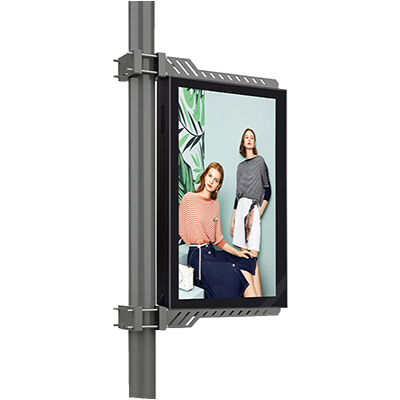


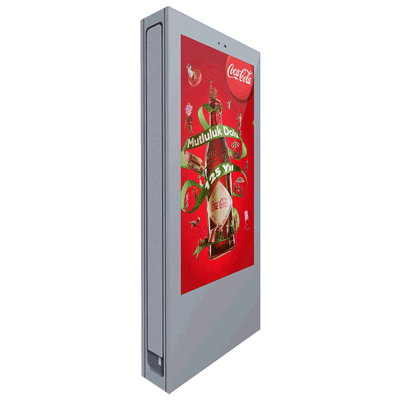




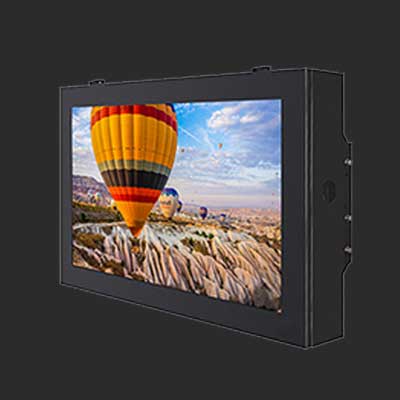
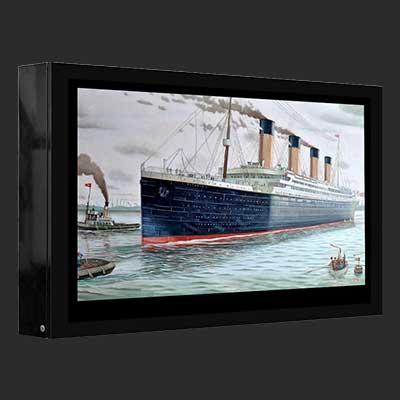
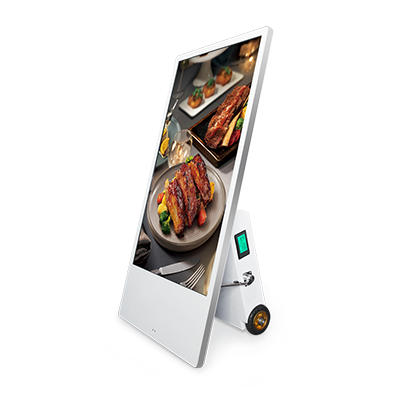







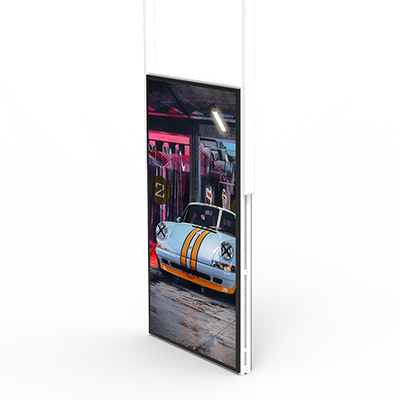
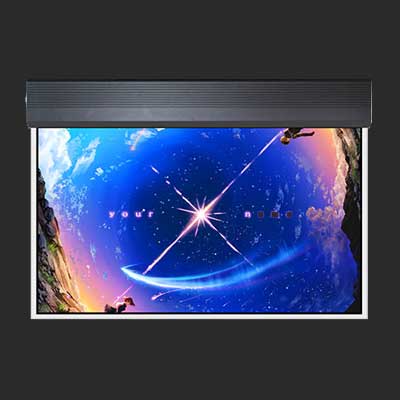


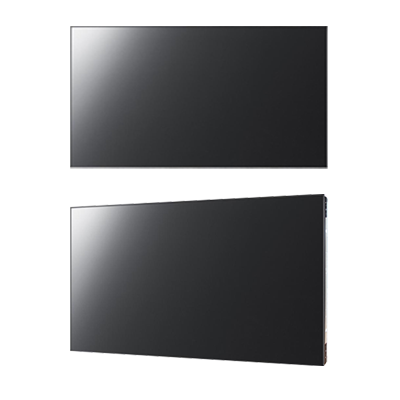


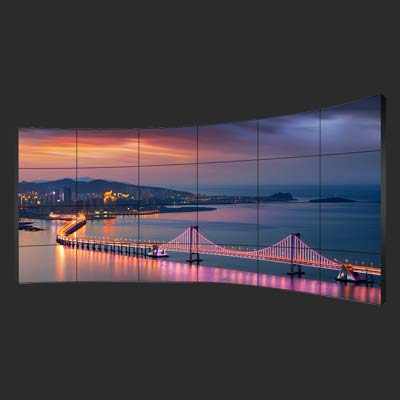

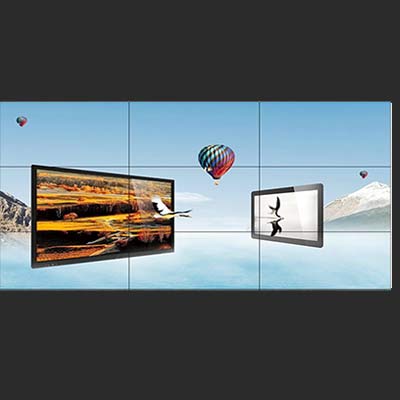
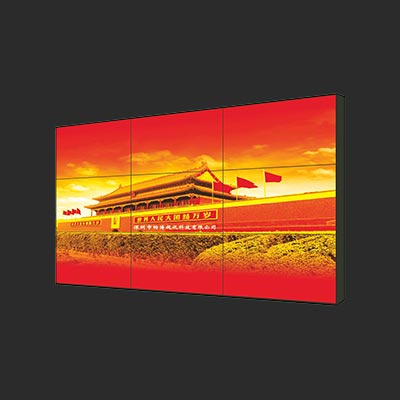


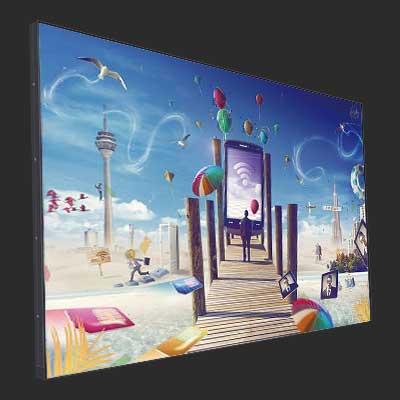


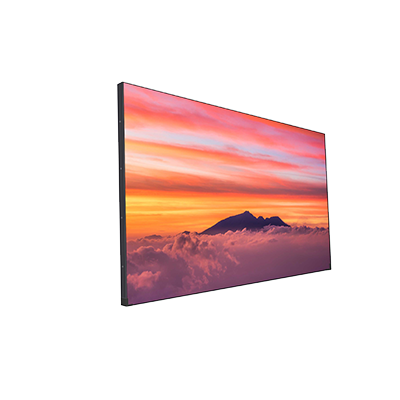




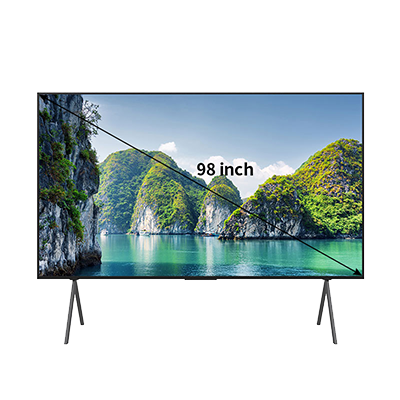

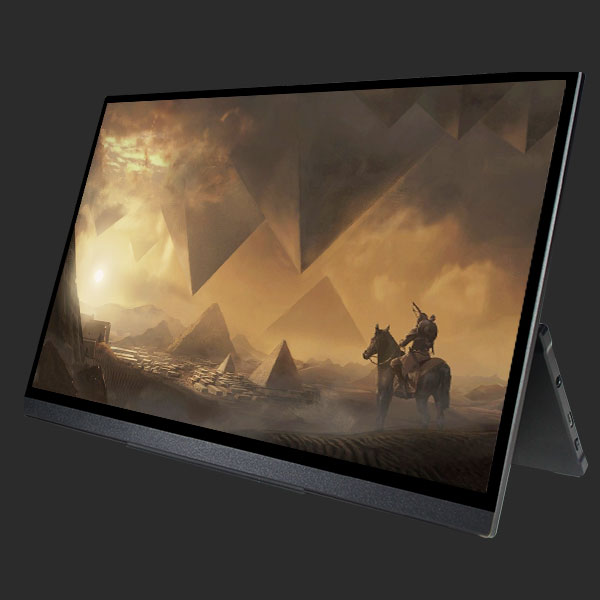
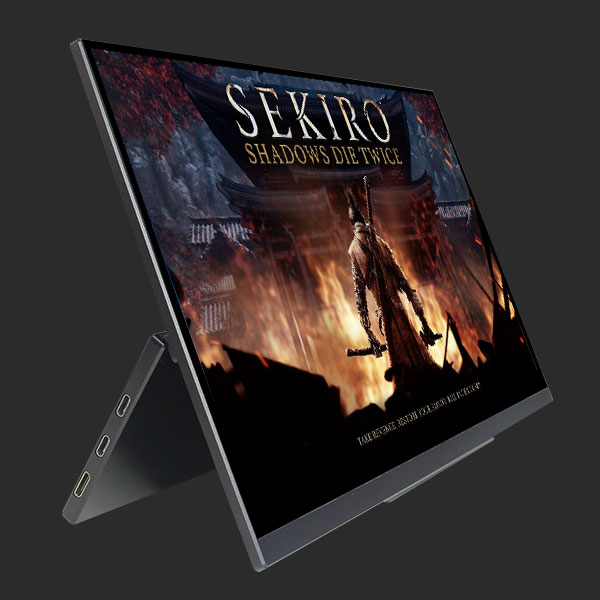
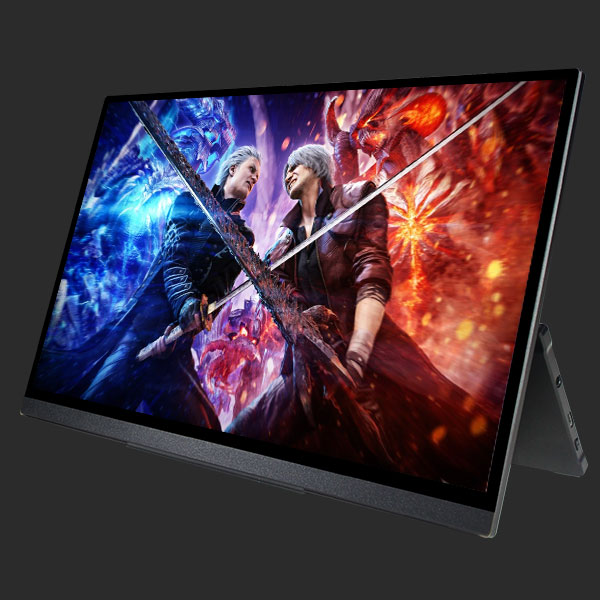

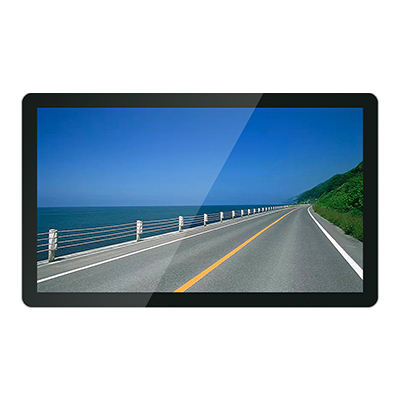
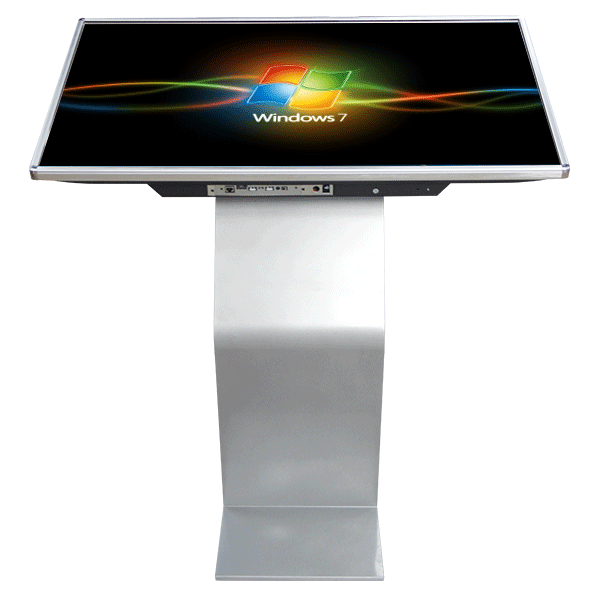
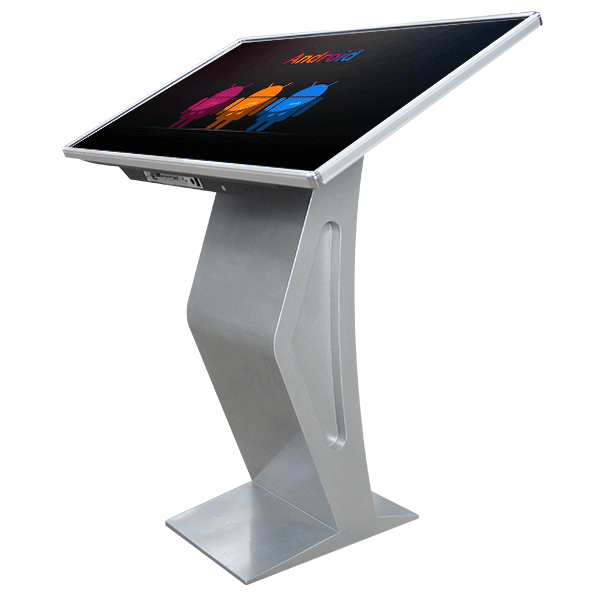
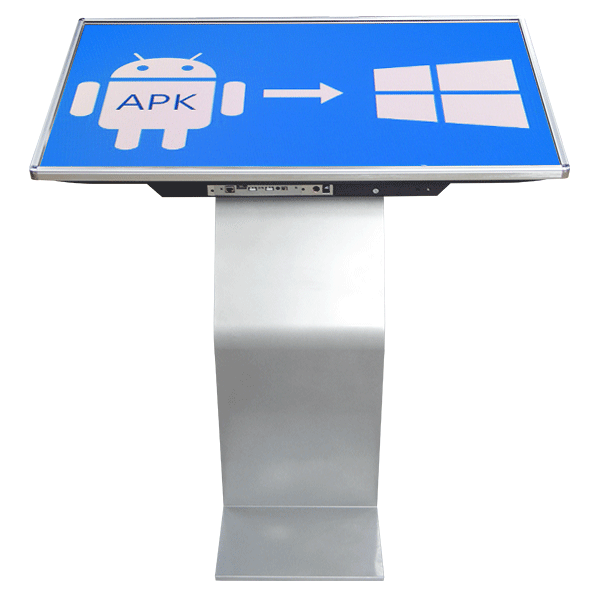
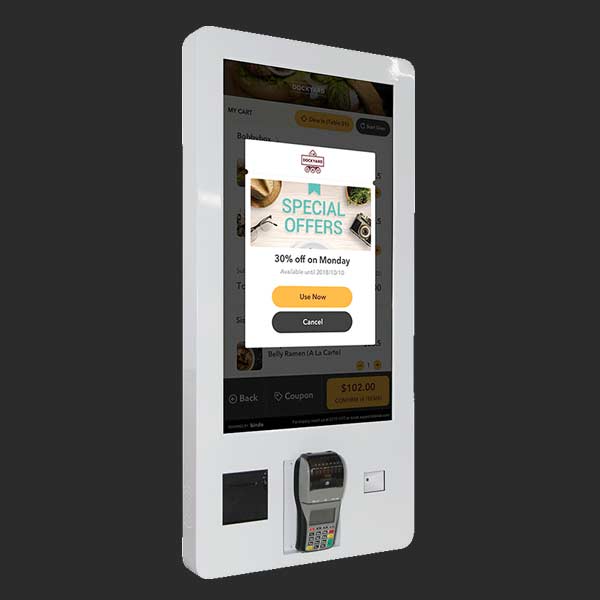
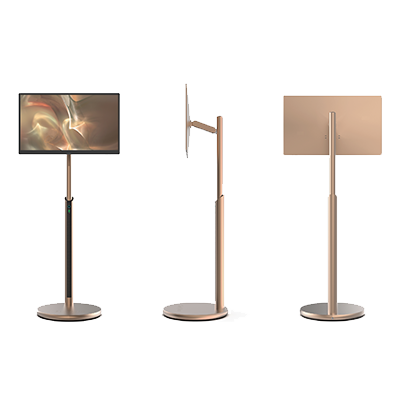

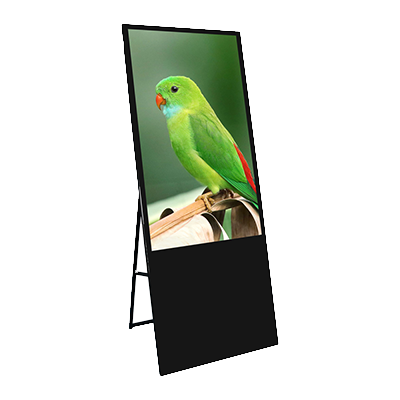
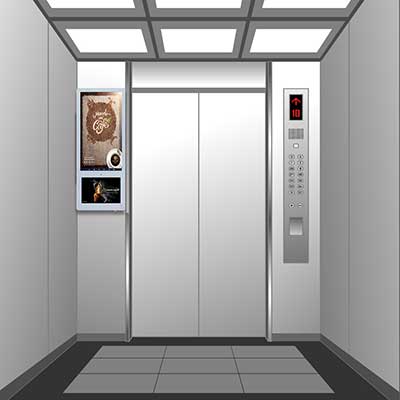

.png)


